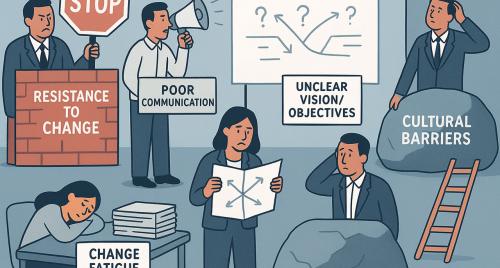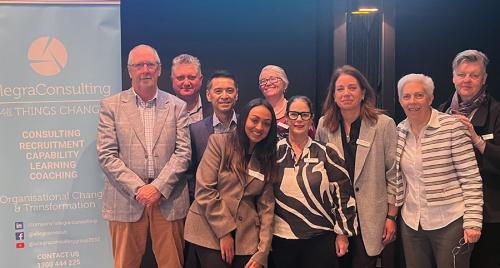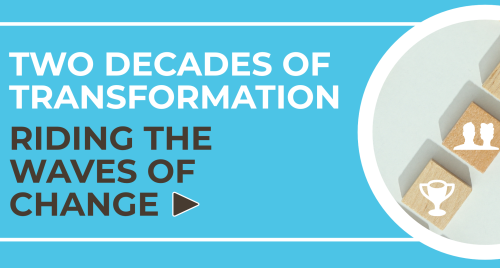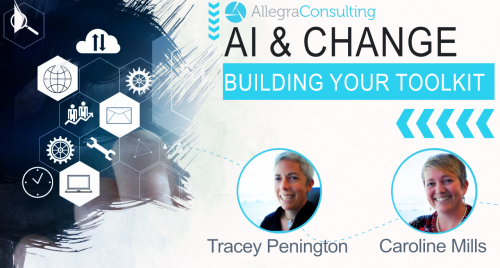
Being isolated from each other has made us realise the importance of connectedness and that in order to stay in touch we have made greater use of other resources, primarily technology. Technology, the apps, the internet, will now play a bigger part in our connectedness with each other. Much of the reluctance and lack of experience or appreciation of what the technology can do has now been overcome and they will be playing a greater par tin our interactions. As we move into a post COVID-19 world our ways of working will also change, in particular, the work environment and how we interact with each other will be quite different. Each organisation will have a unique perspective and experience with this process. We can be sure that no organisation will be truly exactly as it was before the pandemic.
The Federal Government has a three-step plan that will allow different types of organisations to open up with restrictions on numbers in the workplace, and social distancing and stringent hygiene requirements still in place. Many companies have made it clear that they will continue with a work from home policy (Atlassian and Google are likely not to return to the office until 2021, while the majority of Twitter employees will never go back to the office). The transition back to the workplace while welcome will also offer up its own challenges.
Your team will experience the process individually but there will be to a lesser or greater degree a level of anxiety. While your organisation will have developed specific protocols there are key areas to be aware of:
- Employee numbers in the office will be significantly reduced
- Challenge of Social Distancing
- Impact of COVID-19 restrictions on processes, protocols, with every phase of project planning and implementation having to reflect these restrictions
- Travel to and from work
- Increased anxiety around other people’s health
- Employment continuity
- When to work remotely or in the office
There are many more considerations to make and will only come to light as the transition takes place. One way to address the known unknowns and even unknown unknowns of this process is to be mindful of your and the team’s emotional intelligence and to follow guidelines in building and maintaining an emotionally supportive and safe environment.
The starting point is to consider your own emotional state and to consider the five elements of emotional intelligence both for individuals and teams:
- Self-Awareness – understanding your own emotions and how they impact others
- Self-Regulation – your ability to remain calm and focused and to deal with stress
- Motivation – maintaining ownership and responsibility and drive things forward
- Empathy – your capacity to step into another’s shoes and to listen without judging
- Social Skills – demonstrate the above elements and to interact and communicate effectively.
By encouraging in yourself and the team an understanding of the element of emotional intelligence a great deal of anxiety will be lifted. The team will also feel more engaged and able to speak openly and resolve issues and challenges more effectively. Much of what we encounter, and how we deal with it, in this period will have a critical effect on our future success, an open and supportive environment will make the transition easier for everyone.







